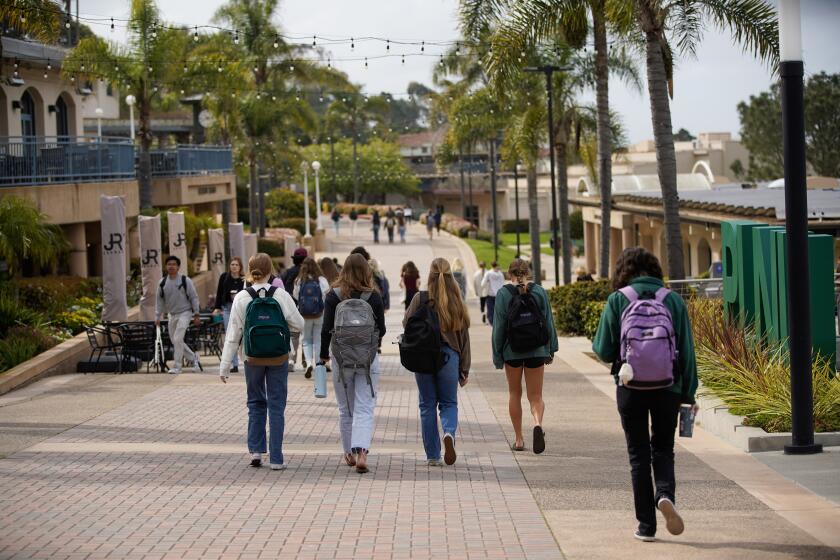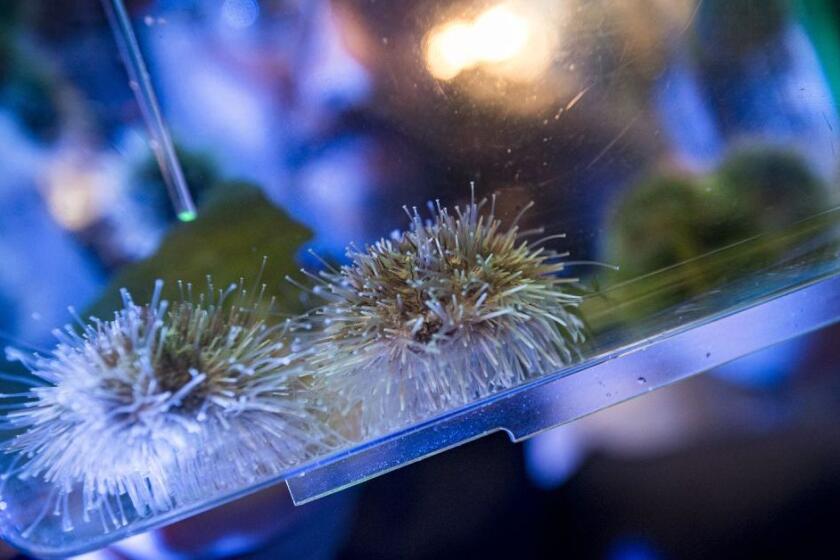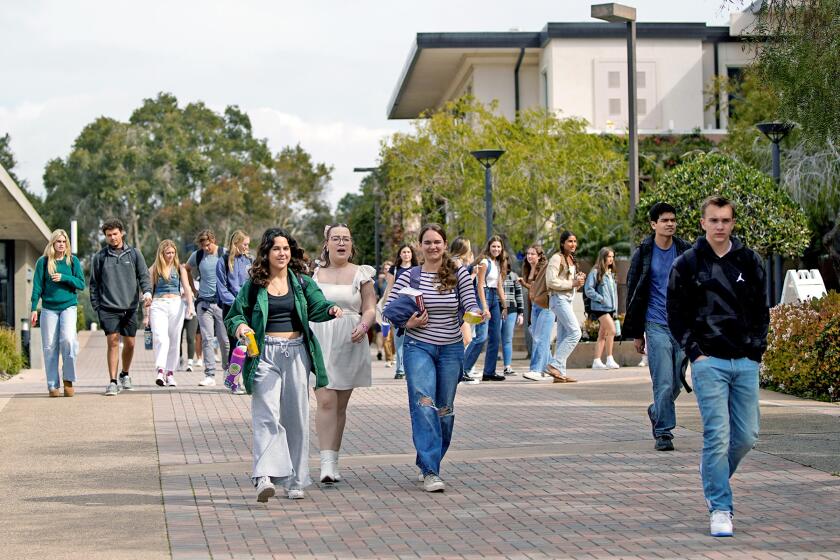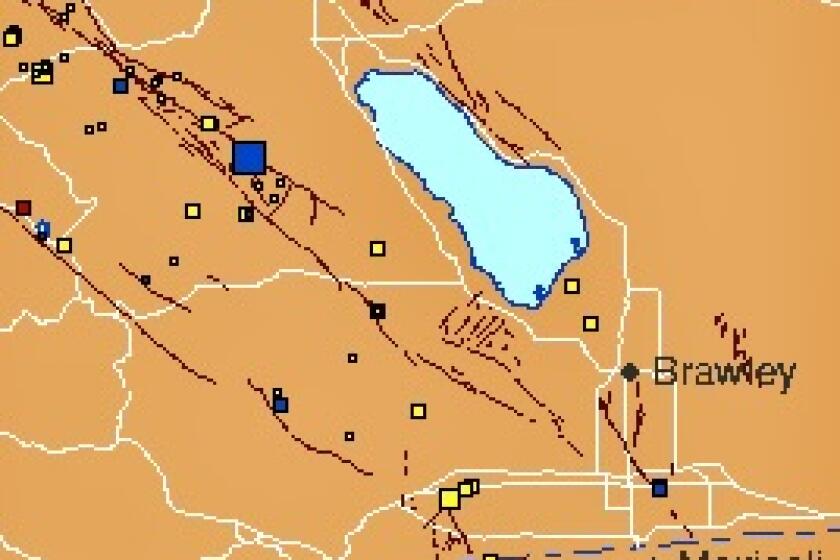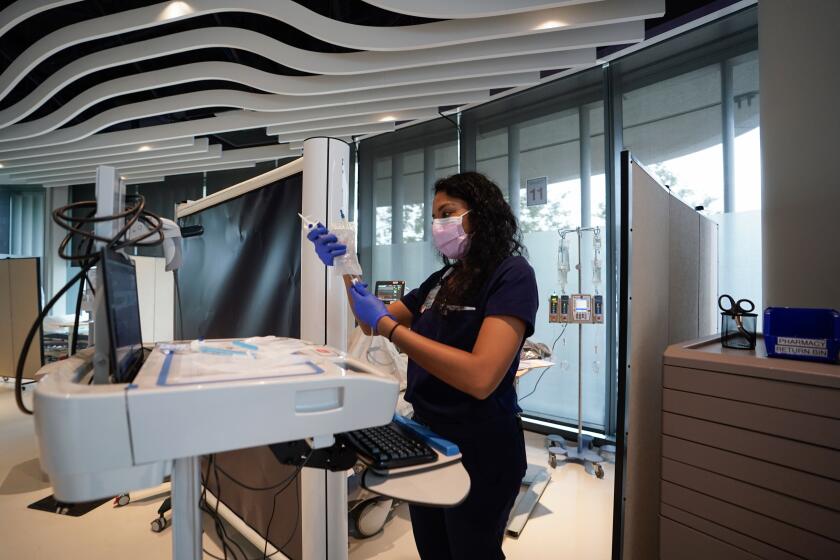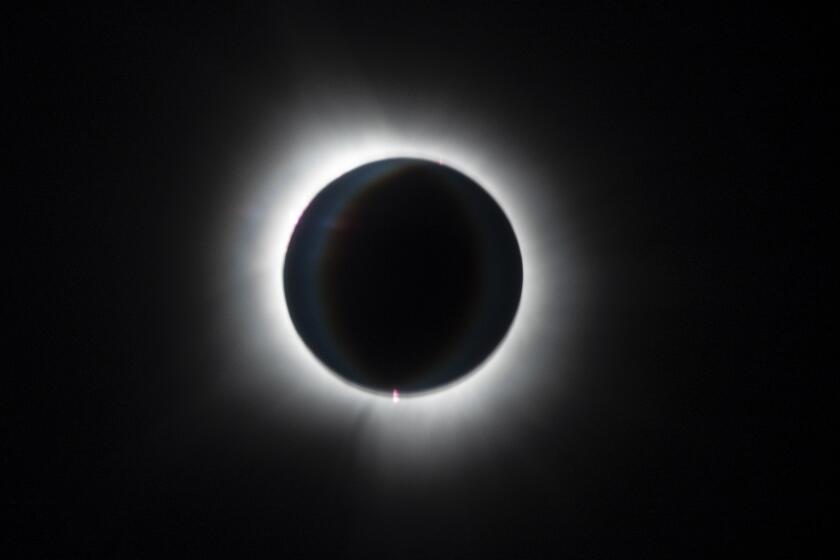Scientists baffled by prospects for El Nino
Mother Nature mocked us on Tuesday. Wednesday, she’ll do the same.
Cumulus clouds are drifting above San Diego, trailing ethereal fingers of moisture. Those strings are known as virga, or rain that doesn’t fall all the way to the ground.
It’s maddening, especially now. The county is in the midst of the hottest year on record, and one of the driest periods in decades. A refreshing shower from a rogue cloud would be cheered by the masses, particularly today, as a heat wave sets in.
Others want something more substantial. Notably, a juicy kiss from that old rainmaker, El Nino.
They may get it. Then again, they may not. Confidence isn’t high in the extended weather forecast issued this week by the US Climate Prediction Center, which tracks El Nino.
The new report says there is a 70-percent chance that an El Nino will develop this summer, and an 80-percent chance that one will occur in fall and winter. But scientists say the data is squishier than a wet loofah. It’s just not clear if the El Nino will be moderate, or moderately strong. Or if it will fall apart. Scientists note that the El Nino has lost some of it oomph in recent weeks.
At the moment, forecasters say they’re sort of confident that an El Nino will develop, and that they are leaning toward above average rainfall this winter for Southern California.
There’s another reason to be skeptical. Meteorologist Jimmy Taeger put his finger on it Tuesday afternoon as he pored over data at the National Weather Service office in Rancho Bernardo, which overlooks the dusty hills of East County
Taeger said, “There is a correlation between above average rainfall and a moderate-to- strong El Nino developing. But there is not much correlation if it is weak, or weak-to-moderate.” ”
In other words, predicting the impact of El Nino is risky business, and few do it well, even with advances in meteorology. The exception to the rule came in 1997, when a researcher at the Scripps Institution of Oceanography in La Jolla forecast a powerful, damaging El Nino -- which is exactly what Southern California received.
The only sure bet at the moment is the kind that Richard Minnich is making from his office at UC Riverside. Minnich is a fire ecologist who has studied the San Diego County landscape, and he is worried by what he found.
“There’s a lot of chapparal that hasn’t burned for decades, in places the Hot Springs Range near Palomar and the plateau near Campo,” Minnich said on Tuesday. “That could go up.”
An El Nino might not be enough to head off such danger.”
“Fall isn’t the time that we get a lot of rain during El Nino years,” Minnich said. “The rains tend to come in late winter and spring. If we get an El Nino, we’ll have to be patient>”
Patient and watchful. Says Minnich: “There’s a lot of biomass out there that can burn.”
Get Essential San Diego, weekday mornings
Get top headlines from the Union-Tribune in your inbox weekday mornings, including top news, local, sports, business, entertainment and opinion.
You may occasionally receive promotional content from the San Diego Union-Tribune.

